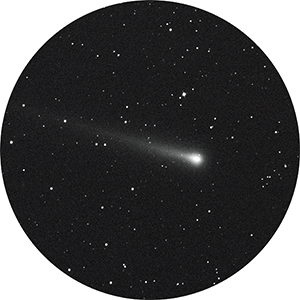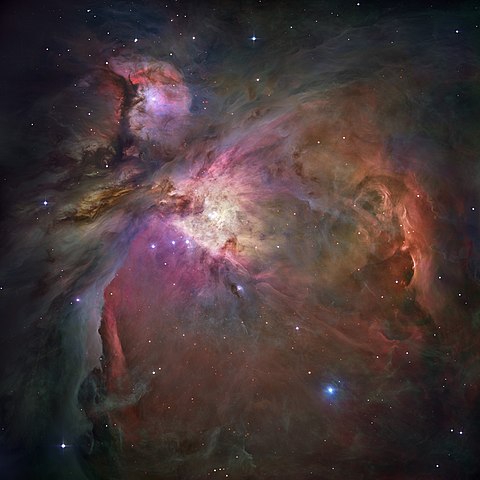Introduction to Looking at the Night Sky
If you're new to stargazing and wondering what to expect, this page is for you. Unfortunately stargazing is hard to describe—it's one of those things you really need to experience, but there are some things that are helpful to know before you begin.
First, the bad news: You will not see images like this....

The images above are long-exposure photographs taken by the Hubble Space Telescope. The human eye simply can't see this level of detail or colour through any kind of telescope. That's because, in addition to the telescope's limits, our eyes can't collect enough light. If we had eyes like an owl we'd be able to see more, but still not enough. A bigger telescope collects more light, but it's still not enough. A camera has the advantage of being able to collect more light over time, so it can do the best job of all.
If you're keen, you can actually learn to take impressive photos using a backyard telescope, but that's a different story. For now we're just concerned with what you can see with your eyes through a telescope or binoculars.
The Moon
Our nearest celestial neighbour, the Moon, is the most visually impressive thing you'll see. It's worth a look even through a cheap telescope or binoculars, although obviously the more powerful your binoculars or telescope, the more you'll see. From as low as 10x magnification you can start making out some features. With a good backyard telescope you'll see mountains and craters.

Planets
The next most distant things to look at are the planets within our Solar System. To the naked eye they look like stars. Through binoculars and small telescopes they look pretty much the same, just brighter. You need a reasonably powerful telescope to comfortably see planets as round objects rather than points of light.
Planets always looks small, even through the biggest telescopes. In theory you can magnify them more with higher-power eyepieces but in practice this just makes them blurry. Like most new astronomers, you'll probably want to try magnifying them as much as you can but in the end you'll agree that it's much better to see them small and sharp than large and fuzzy. Although people are often disappointed at the size, they are equally impressed that you can see the rings of Saturn and moons of Saturn and Jupiter.

Asteroids and Comets
Asteroids look like faint stars. They are hard to find; you'll want to get some experience with easier objects before you tackle asteroids.
Comets vary wildly. When you get the rare chance to see a nearby comet with a tail, it can be a spectacular naked-eye object and look great through binoculars. For more distant comets and those without much of a tail, binoculars or a telescope can provide a good view but it's probably just going to look like a fuzzy dot.

Deep Sky Objects
This includes nebulae, star clusters and distant galaxies. These are the most common targets for most amateur astronomers. The good news is that there is a huge number of such objects and you can spend many years finding ones you've never seen before.
The bad news is that most of them aren't particularly impressive to look at. If you don't know what a nebula is, it looks rather like a small faint cloud or even a smudge on your lens. Even if I show a non-astronomer a "good" nebula with my best telescope, they are likely to be underwhelmed.

The key to enjoying deep sky objects is to know what you're looking at. And that brings us to what is, in my opinion, the most important thing about stargazing...
Understanding What You See
When you look through a telescope, if you don't know what you're looking at you will probably not be impressed. Even when people get excited about seeing Saturn, it's not because the image itself is so amazing, it's because they know that it's a planet with rings around it. They appreciate that seeing Saturn's rings with their own eyes is something special.
With less familiar objects, that understanding is not there. A cloudy-looking blob like the Orion Nebula means nothing unless you understand it. If you know that it's a vast area in space where new stars and planets are being born, it takes on a whole new significance. If you've seen Hubble photos of the nebula and you can recognise its different parts, it will mean much more to you. The more you know about it, the more you'll enjoy it.
Before you search for a deep sky object with your telescope, learn about it. Look it up on Wikipedia and find images from the big telescopes. Learn about its size, distance, age, how and when it was discovered, and anything else that helps build a complete mental picture of it.
We'll finish this page with a reference photo. The Orion Nebula, that doesn't really look like much through a backyard telescope, looks like this when photographed by the Hubble Space telescope:

Next page: Introduction to telescopes
Page information
Author: Dave Owen
